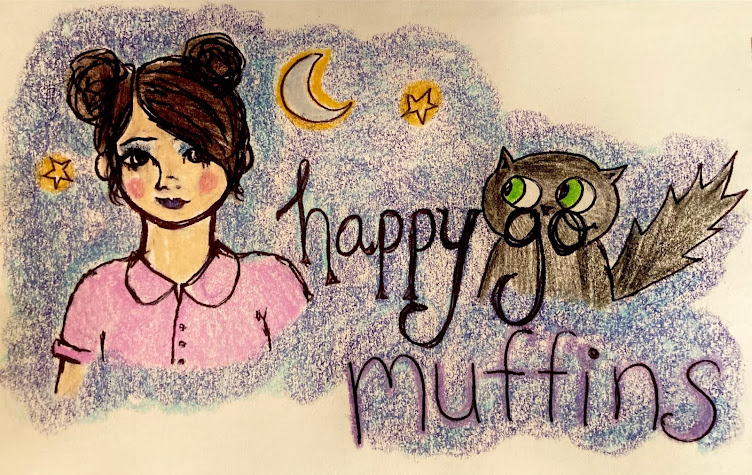"Seeing a picture of a galaxy when it was younger or all the way back to the Big Bang 13-billion-years-away, that light has traveled a long way," he [Patrick McCarthy] said. "It's like digging up a fossil, you see what life was like millions of years ago, it’s almost a fossil of the early universe."
For galaxies that are billions of years away, astronomers can measure the distance to a galaxy by measuring its “redshift,” which is caused by the expansion of the universe, according to NASA.
“Every distant object in the universe appears to be receding from us because its light is stretched to longer, redder wavelengths as it travels through expanding space to reach our telescopes,” according to NASA.When the “redshifted” light from these distant galaxies makes its way close enough for our telescope to capture, the information from the light allows researchers to see the galaxies as they were billions of years ago.
If that isn't cool, I don't know what is. <3 Frances

No comments:
Post a Comment